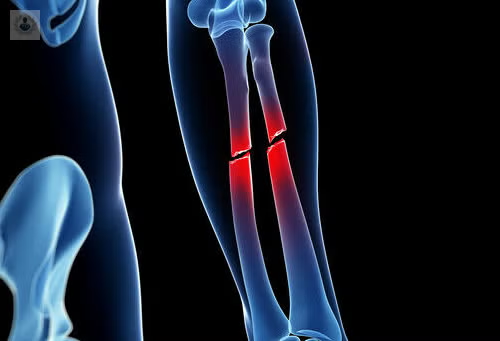What Are Bone Injuries?
Bone injuries include any damage to the bones, whether a fracture, fissure, or loss of bone density. They can occur due to accidents, falls, repetitive movements, or diseases such as osteoporosis. The most common are:
- Fractures: These can be simple, compound, or stress fractures.
- Fissures: Cracks in the bone that don’t fully break it into two.
- Wear injuries: These happen over time, especially in older adults or those with degenerative diseases.
Knowing the type of injury is crucial for choosing the right treatment and optimizing recovery.
Treatment Options for Bone Injuries
Fortunately, there are several effective options to treat bone injuries, from traditional methods to advanced therapies. Below, we explain the most common treatments:
- Immobilization. Immobilization is a key technique for healing fractured or fissured bones. It uses casts or splints to keep the bone in place and prevent movement, allowing it to heal naturally. The duration of immobilization depends on the severity of the injury, but it is an essential step in recovery.
- Physical Therapy. After immobilization, physical therapy helps to regain mobility and strength in the affected area. Physical therapists work with specific exercises and rehabilitation techniques to strengthen the muscles around the bone and reduce the risk of future injuries.
- Advanced Therapies: Ultrasound and Shock Wave Treatment. These therapies are gaining popularity for their ability to accelerate bone healing. Ultrasound therapy and shock waves stimulate blood flow and promote bone tissue regeneration. Although these treatments can be more costly, they are highly effective for injuries that are difficult to heal.
- Surgery. In severe injuries, such as compound or displaced fractures, surgery may be necessary to correctly align the bones and secure them with screws, plates, or rods. This procedure ensures that the bone heals in the proper position, minimizing the risk of future complications.
- Supplementation and Bone Nutrition. The intake of calcium, vitamin D, and other essential nutrients contributes to rapid bone recovery. In some cases, doctors may recommend specific supplements to strengthen bones and enhance treatment effectiveness.
How to Choose the Most Effective Treatment?
The choice of treatment depends on various factors, such as the type of injury, severity, age, and overall health of the patient. Consulting an orthopedic specialist is essential to receive an accurate and personalized assessment. Additionally, it is important to follow recommendations carefully, attend all physical therapy sessions, and maintain a balanced diet that promotes recovery.
How Long Does It Take to Recover from a Bone Injury?
Recovery time varies depending on the injury and chosen treatment. Minor fissures can heal in a few weeks, while severe fractures may require months of recovery. Physical therapy and advanced therapies can reduce recovery time, allowing patients to resume daily activities more quickly.
Prevention: How to Avoid New Bone Injuries
To prevent future bone injuries, it’s recommended to strengthen muscles, practice sports safely, and have regular medical check-ups, especially if there’s a predisposition to osteoporosis. Maintaining an active lifestyle with a nutrient-rich diet is key to keeping bones strong and preventing injuries.
Conclusion
Effective treatment for bone injuries is essential to ensure complete recovery and prevent complications. From immobilization to advanced therapy, each treatment option plays a role in bone healing. Consulting a medical professional for an appropriate diagnosis and following a personalized treatment plan is the best way to ensure a quick and successful recovery.
Remember, early attention and proper care can make all the difference for your bone health.
Contact us for any questions.


